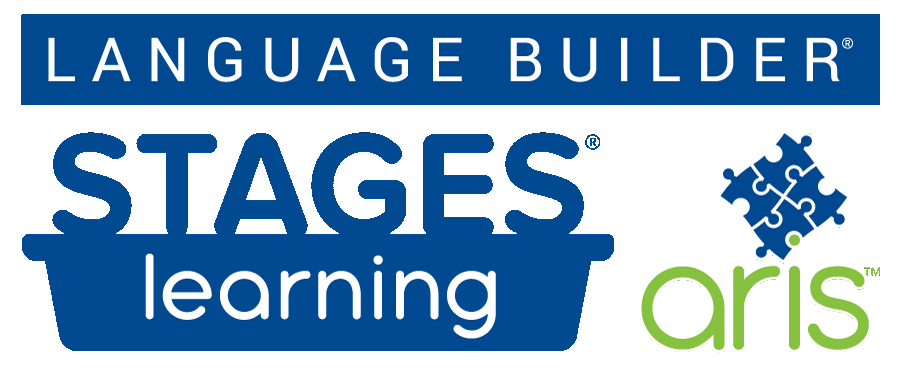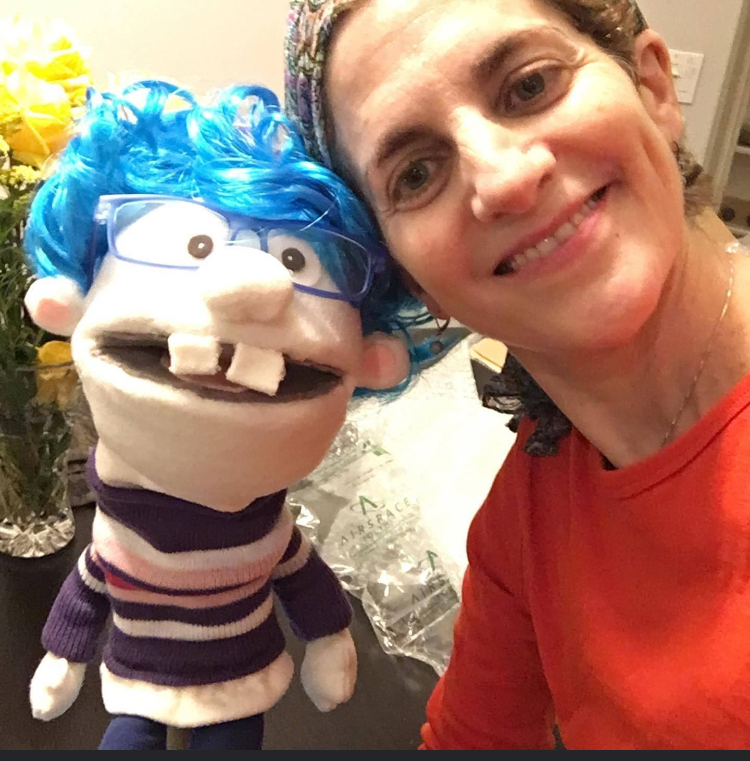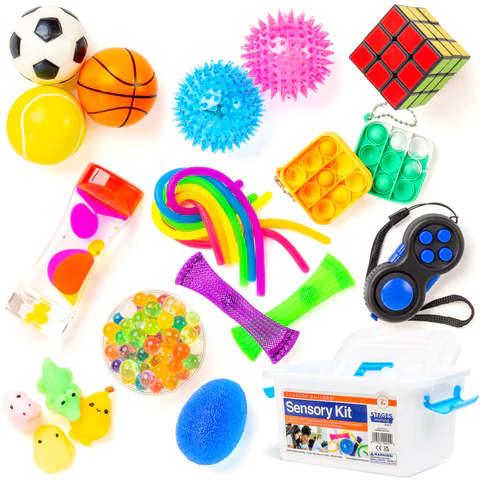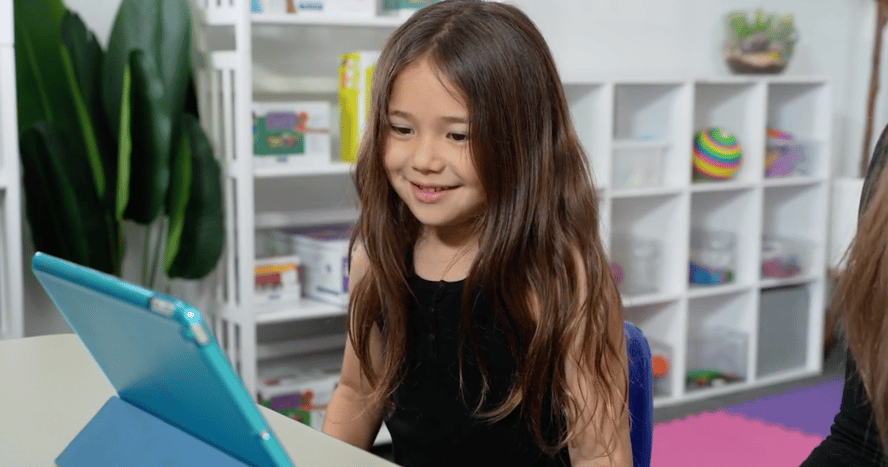
Six sensory tools to use from an Occupational Therapist’s toolbox
Autistic children often have over or under-responsive sensory systems that can impact the development of motor skills. The good news is we can use these deficits in sensory systems to help motivate autistic children to improve their motor skills.
Even before we are born, we are sensory seekers. At least we are designed to be so. It is a survival mechanism for us to learn, to grow, to eat, to survive. A newborn baby responds to the sensations in the environment with motor responses. Sights, sounds, textures, smells, and taste encourage motor responses. We can interpret, modulate, assimilate, and understand sensory input that allows us to respond and move.
 Sensory dysfunction is what happens when the sensory system has an interference. What happens when a dysfunctional system is in charge leaving choice-making in the background? That is a great question and one we have been studying for quite some time. Sometimes our sensory system and motor system are not in sync and what we see is sensory dysfunction which might show up as over- or under-responsiveness to sensory stimulation. Autistic children often have over- or under-responsive systems but that's where lies the beauty. We can use the same system that seems in many instances to over- or under-respond to help motivate. Let’s take a look.
Sensory dysfunction is what happens when the sensory system has an interference. What happens when a dysfunctional system is in charge leaving choice-making in the background? That is a great question and one we have been studying for quite some time. Sometimes our sensory system and motor system are not in sync and what we see is sensory dysfunction which might show up as over- or under-responsiveness to sensory stimulation. Autistic children often have over- or under-responsive systems but that's where lies the beauty. We can use the same system that seems in many instances to over- or under-respond to help motivate. Let’s take a look.
Seven Senses?
So, our sensory system is made up of actually seven senses: sight, sound, taste, smell, touch, sense of motion, and sense of body awareness. If we can use these while understanding your child’s sensory preferences, we can provide the perfect sensory diet to encourage the best motor responses. We call this the sensorimotor connection. For example, if you touch something hot, you will pull your hand away, a perfect example of a sensorimotor connection. And if I hear music I like, I might begin to dance, another example of a sensorimotor connection.
Sensory Preferences
So, if I understand my sensory preferences, then I can choose and help my child learn to choose sensory preferences that elicit more appropriate responses. If loud noises, bother me then I can wear earmuffs or stay away from loud noise. And if swinging helps me to relax, I can swing before I have to do my homework. If I want a child to walk for me, I need to understand their sensory preferences so I can motivate them from a place of mental organization vs. overstimulation.
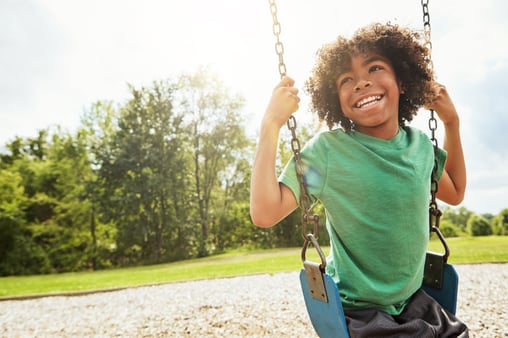
Sensory Distractions
Sometimes we have a sensory preference that is so strong, that it seems to take over every brain synapse blocking the way for willful participation. For example, a child might have such a strong preference for oral motor simulation, thus chewing, biting, and sucking on everything in sight. Though there may be times when this is soothing, there may also be times when it is disturbing, distracting, and yes, distasteful. But what if I offered a different sensory preference? For example, I can provide a soft cloth or something uniquely tactile to disturb the intense need to bite. Or, rocking on a cushion in a chair can be used in place of jumping up in down in the middle of the classroom. Perhaps deep pressure or weight can curb the need to jump up and down on a bed in the middle of the night.
Advocacy
Teaching your children to advocate for themselves is key. And when they cannot advocate, providing choice or advocating for them is paramount. We can provide all the solutions, but we really want your children to have a toolbox (whether real or imaginary) where they can choose sensory solutions.
Let’s take a look at some useful sensory tools and solutions that can help minimize intense sensory needs and provide appropriate motor responses.
Sensory Tools and Solutions
1. Water Water Everywhere
 Water is a natural medium and an easily acquired tool that can calm or engage the sensory system. Washing hands, washing a car, spraying a water hose, playing in a sprinkler, walking under an umbrella in the rain, stomping in puddles, playing in the rain, swimming, taking a shower or bath, and washing dishes are all examples of using water to encourage motor activity. If your child is a sensory seeker, water can be used to divert attention. Water is also great for sensory avoiders who typically tolerate water more so than other tactile surfaces.
Water is a natural medium and an easily acquired tool that can calm or engage the sensory system. Washing hands, washing a car, spraying a water hose, playing in a sprinkler, walking under an umbrella in the rain, stomping in puddles, playing in the rain, swimming, taking a shower or bath, and washing dishes are all examples of using water to encourage motor activity. If your child is a sensory seeker, water can be used to divert attention. Water is also great for sensory avoiders who typically tolerate water more so than other tactile surfaces.
2. Tactile Exploration
With that said, touch is a terrific tool for calming and awakening the senses. A soft fabric, a tub of cooking flour, or a dog’s furry coat can soothe someone and awaken their attention. Using touch can be great for individuals who have busy fingers as well.
3. Weigh Down
In our joints, we have receptors called Golgi Tendon Organs. These joint receptors let us know when pressure is applied. For example, if I see a bowling ball, my Golgi Tendon Organs will set themselves to pick up something heavy. Applying a weighted lap pad, blanket or weighted vest can compress the Golgi Tendon Organs allowing the central nervous system to relax. Interval use of these tools seems to be best. And compression garments can be used for those who prefer compression to weight.
4. Vibration and Music
Vibration can provide a most excellent source for encouraging both calm and focused attention. This can be done with a toy that vibrates, a vibrating pad, or musical instruments that have a strong bass sound. Music, in general, provides different levels of vibration and can be highly beneficial for both its vibrations and also providing excellent auditory focus and improving listening skills. Music in general can be used for soothing and alerting. Most children, in general, respond well to music and it can act as an excellent tool for sensory processing. In addition, music can encourage movement, vocalization, dance, or even rocking in place.
5. Eye Candy
Did you ever consider the soothing effects of visual stimulation: a sunset, spring flowers, autumn leaves, a bubble tube, a colorful painting, and a fish tank filled with fish? These visually soothing sights are like eye candy, providing the right sensory stimulation and acting as a sensory-motor filter and motivator. Take a look around your home and your child’s environment. Is it overstimulating? Can you remove some of the “noise” and replace it with a select few items that provide sensory calm? Take a look at the colors too. Softer hues may change the energy in the room when replacing bright reds and yellows.
6. Up, Up and Away
Motion acts as an incredible sensory filter when it comes to helping us to process sensory stimulation. This can be in the form of a swing, rocking chair, trampoline, or roll-on toys such as a scooter, tricycle, or bicycle. A physical or occupational therapist can help you choose the most appropriate therapeutic tool and help with sizing and any adaptations. Limiting screen and couch time and replacing it with outdoor or indoor activities is a great way to provide sensory integration, encourage an active lifestyle, and provide ample opportunity for learning new skills.
So what does this all mean? Begin to pay attention to your sensory preferences and times when you are over- or under-stimulated and over- or under-responsive. You have to start with yourself before you can understand your children. Take care and try out different forms of sensory input to see what you prefer. Then, begin to pay close attention to your child. Even if they are non-verbal, they will communicate in other ways, so pay close attention to other forms of communication that will inform you as to what they prefer, tolerate, and crave. Try changing out excessive sensory preferences for those that are more moderate and socially acceptable. A fidget necklace might be a good replacement for biting on clothing. Going for a hike or walking outside or swinging may reduce the need to rock excessively. Be creative and curious and you may just open a whole new world of understanding and compassion for your children, other individuals, and for yourself.
